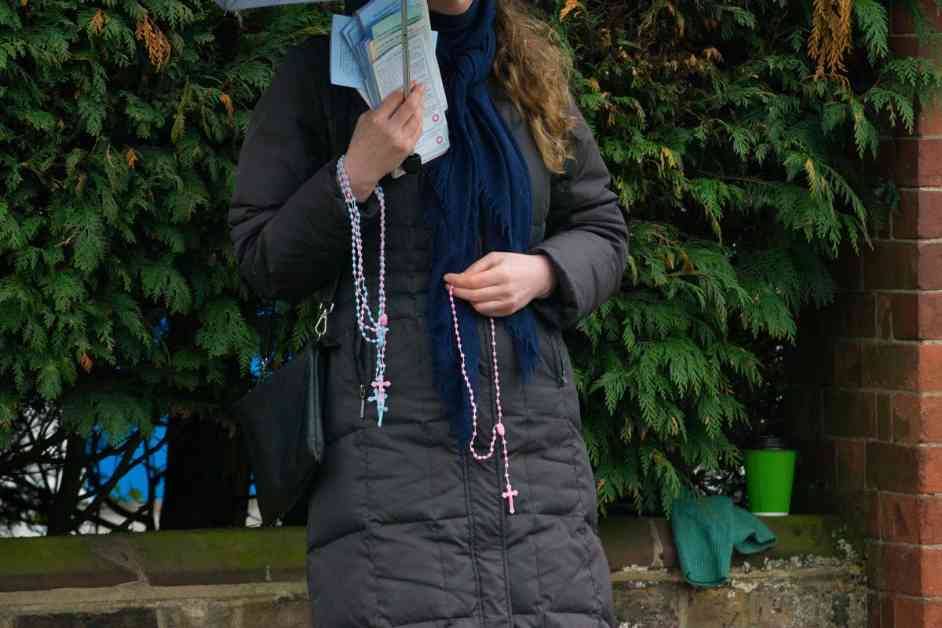Buffer Zones Implemented Outside Abortion Clinics to Ensure Safety and Privacy
In a move to protect women seeking abortions from harassment and intimidation, the government has announced the implementation of buffer zones outside abortion clinics starting from October 31st. These buffer zones will make it illegal to influence, harass, or provoke individuals using or delivering pregnancy termination services. The decision to introduce buffer zones comes in response to reports of increased protests by anti-abortion activists outside clinics, leading to concerns for the safety and privacy of those seeking medical care.
Background on Buffer Zones
The concept of buffer zones around abortion clinics has been a topic of debate for several years. In October 2022, Members of Parliament in England and Wales voted in favor of implementing nationwide buffer zones outside abortion clinics. However, the previous Tory government failed to roll out these zones, leaving healthcare providers and patients vulnerable to harassment and abuse. Organizations like MSI Reproductive Choices have been vocal in their calls for the government to establish buffer zones to protect individuals accessing abortion services.
Under the new laws, a 150m radius around abortion service providers will be designated as a buffer zone. Any individual found violating these regulations could face fines of an unlimited amount. This measure aims to ensure the safety and well-being of women seeking abortions, as well as healthcare professionals working in these facilities.
Government Response and Support
Safeguarding Minister Jess Phillips emphasized the importance of upholding women’s right to access abortion services without fear of harassment or intimidation. She stated, “The right to access abortion services is a fundamental right for women in this country, and no one should feel unsafe when they seek to access this.” The government has fast-tracked the implementation of buffer zones to provide immediate protection for those utilizing abortion services.
Baroness Merron, the minister for patient safety, women’s health, and mental health, reiterated the government’s commitment to working with healthcare providers and law enforcement agencies to ensure the effective enforcement of buffer zones. She emphasized the need for women to have access to safe and high-quality abortion services without facing any form of harassment or abuse.
Impact of Anti-Abortion Demonstrations
Louise McCudden of MSI Reproductive Choices highlighted the disturbing behavior exhibited by anti-abortion demonstrators outside clinics. She described incidents of protesters spitting, hurling insults, and distributing false medical information to women seeking abortions. These actions not only create a hostile environment for patients but also contribute to the stigmatization of reproductive healthcare services.
Olivia Home, a clinic manager at MSI Reproductive Choices in central London, shared firsthand accounts of women being harassed and followed by anti-abortion activists. She recounted instances where protesters shouted derogatory remarks, handed out graphic materials, and even physically assaulted individuals seeking medical treatment. Such behavior not only violates the privacy and dignity of women but also impedes their access to essential healthcare services.
In conclusion, the implementation of buffer zones outside abortion clinics marks a significant step towards safeguarding the rights and safety of individuals seeking reproductive healthcare. By creating designated safe spaces around these facilities, the government aims to protect women from harassment and ensure their access to confidential and compassionate medical care. The enforcement of buffer zones sends a clear message that harassment and intimidation have no place in healthcare settings, reaffirming the commitment to upholding women’s reproductive rights with dignity and respect.












